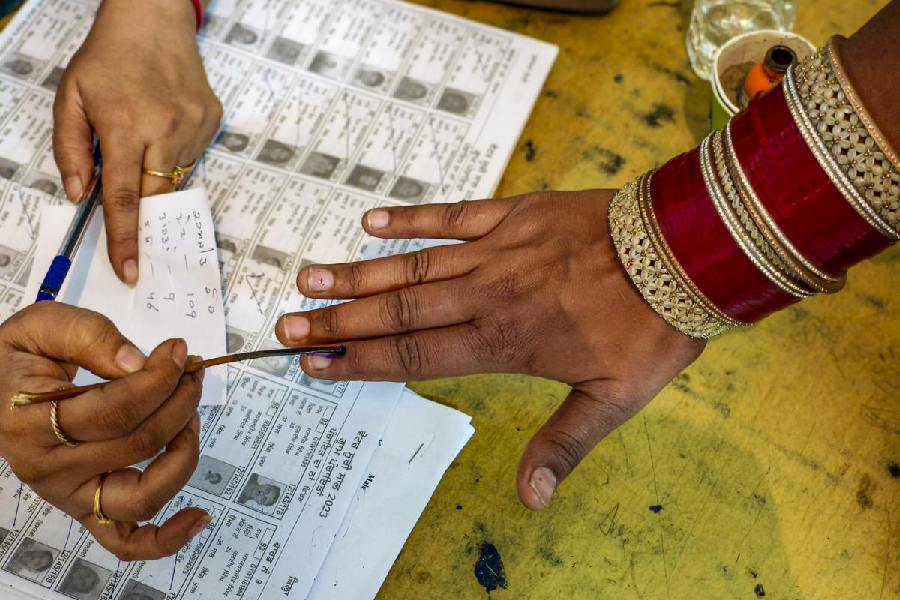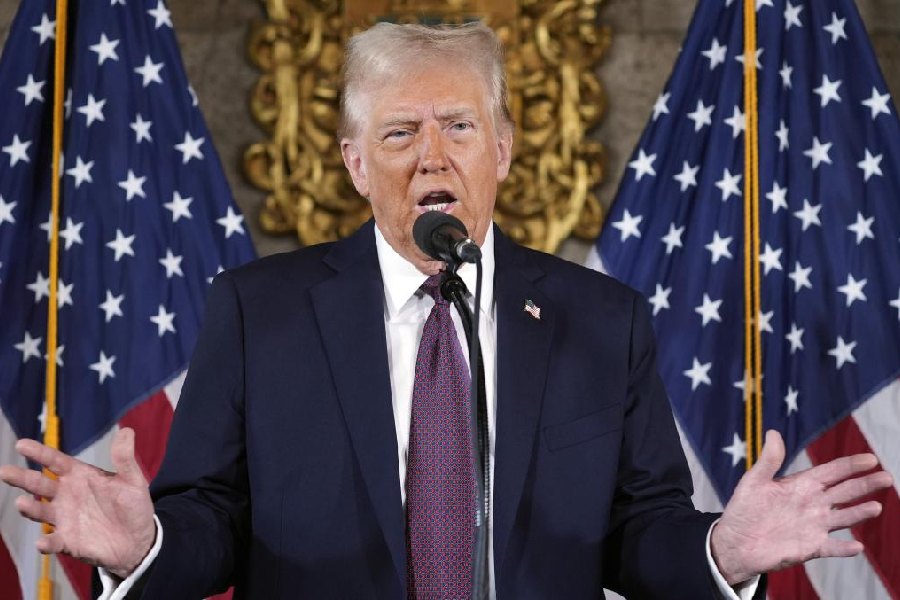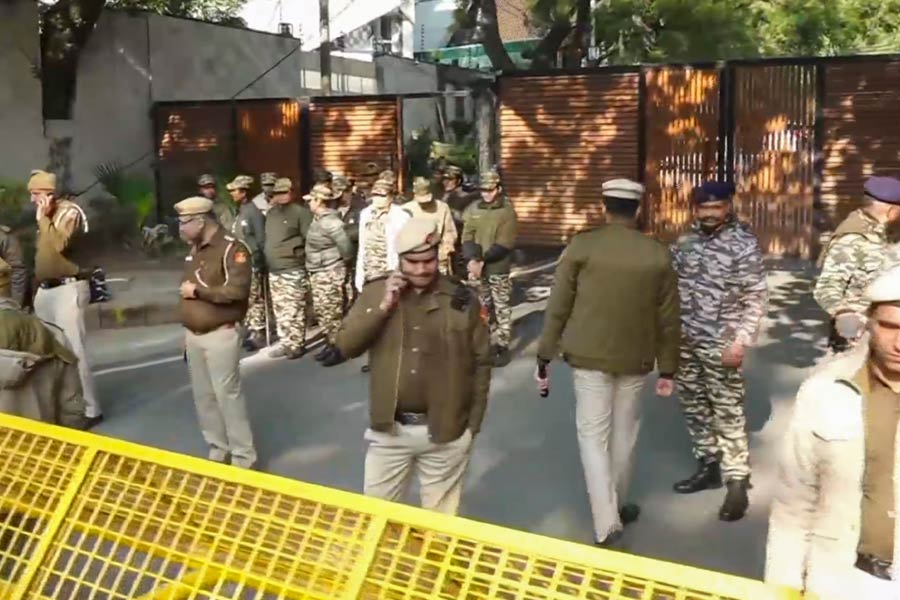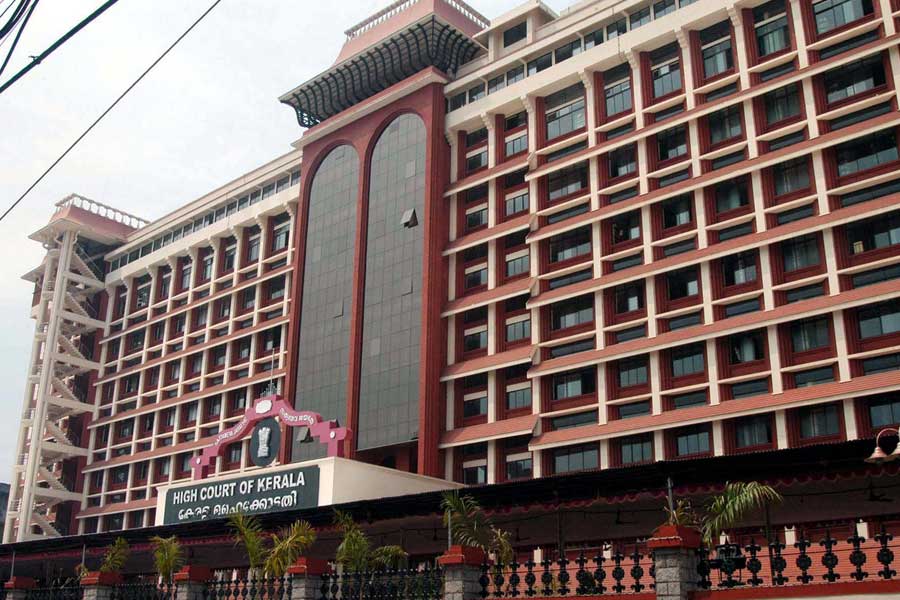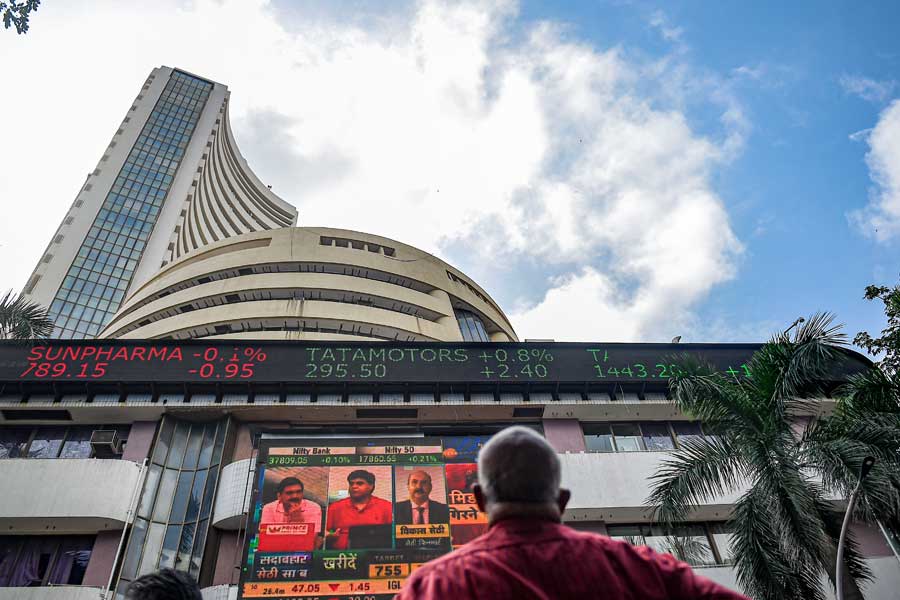The final voter list published by the Election Commission of India on Monday reveals that the rise of over 2 lakh female voters, compared to around 70,000 male voters since the last Lok Sabha polls conducted between March and June 2024, has narrowed the male-female voter gap in Bengal.
According to the latest Election Commission data, the state has 3,76,00,611 female voters and 3,87,93,743 male voters, reflecting a gap of 11,93,132 electors, compared to the last Lok Sabha polls where male and female voters numbered 3,87,24,016 and 3,73,98,991 respectively, with a difference of 13,25,025 voters.
“This is not the first time but if we look into the details of the last three elections, we will find that the gap between the male and female voters is sharply coming down. If this trend continues then it will not be far away when Bengal will be one of the few states where female electors will overshadow the male voters,” an EC official said.
This is not the first time that the rise in the number of female voters is more than their male counterparts, but over the past 15 years, the continuous trend of the addition of more female voters than men has made them a significant force in Bengal’s electoral politics.
In the 2004 Lok Sabha polls, the gender gap between male and female voters was 2,158,747, with 24,798,089 male voters and 22,639,342 female voters, but by the 2009 polls, this gap increased to 2,642,312, as male voters rose to 27,567,740 while female voters numbered 24,925,428.
Interestingly enough since the 2009 elections there has been a sharp decline in the gap between two genders narrowing the male-female voter ratio in the state.
In the 2014 Lok Sabha polls, the gender gap narrowed to 2546346, with 32,689,480 male voters and 30,143,134 female voters, and in the 2019 parliamentary elections, it further reduced to 1,902,623, as female voters increased to 34,048,666 compared to 35,951,289 male voters.
In the last Lok Sabha election in 2024, the difference between male and female voters was 13,25,025 and it further came down to 11,93,132 in the final voters’ list published in January this year — just six months after the Lok Sabha polls — showing a continuous increase of female voters in the state.
In 2024, the number of male and female voters stood at 38,724,016 and 37,398,991, respectively. However, in the final voters’ list, these numbers have been updated to 38,793,743 for male voters and 37,600,611 for female voters.
Mathematically, in the six months since the Lok Sabha polls, the number of women electors has grown by 201,620 — nearly three times the increase in male electors, which rose by only 69,727.
“This is a remarkable shift as both political parties and the ECI are working to bring women to the forefront of Indian politics. Political parties are consistently launching projects and shaping agendas to woo female voters,” said political analyst Professor Biswanath Chakraborty.
“Moreover, the literacy rate among women has increased significantly, making them more aware and proactive in registering as voters...,” he added.

